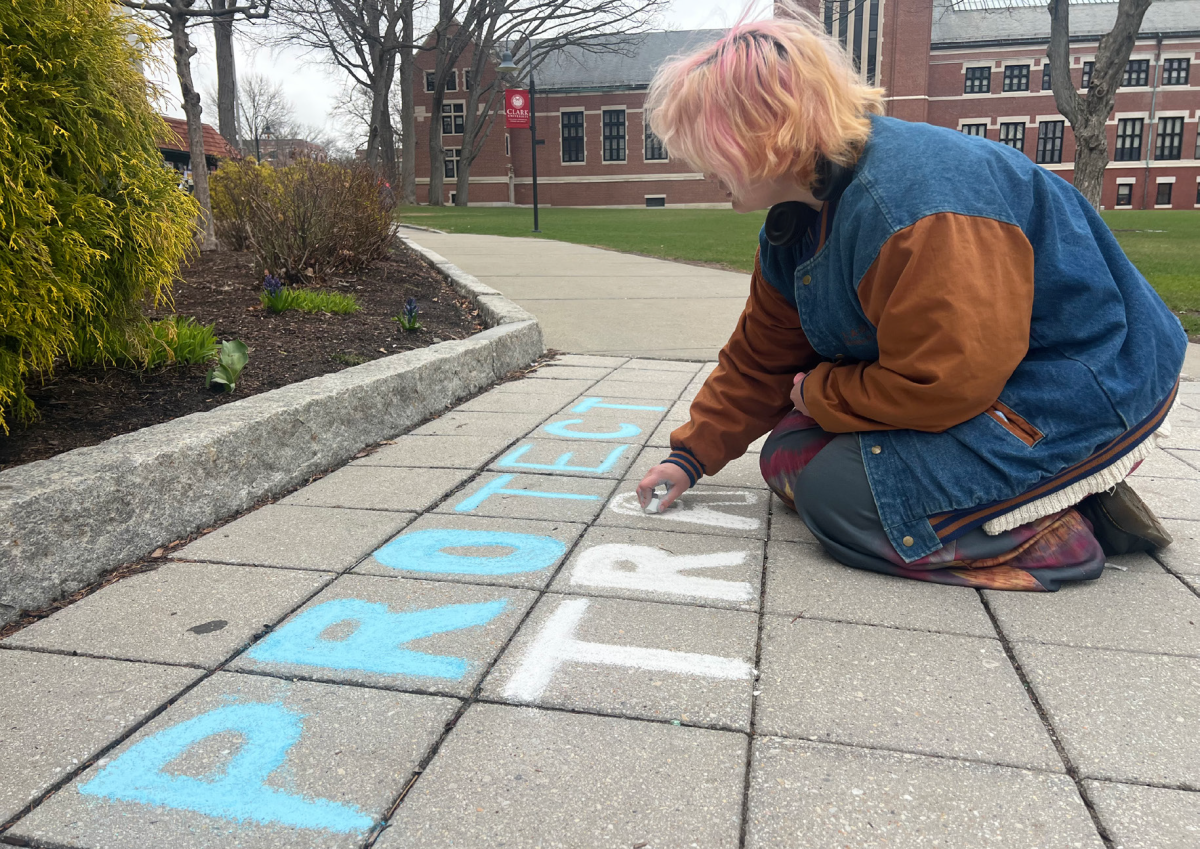What do you think of when you think of Attention Deficit Hyperactivity Disorder, or more commonly known as ADHD? You are probably thinking of a stereotype, someone in a class who cannot sit still or is very disruptive. Even though this is what some people with ADHD experience, it is not an experienced symptom of everyone with the disorder.
There are three types of ADHD: inattentive, hyperactive and impulsive. Inattentive means a person may have difficulty staying on task, sustaining focus and staying organized. Hyperactivity is the one that most people think of, which means a person may seem to move about constantly, have extreme restlessness or talk too much. Impulsive means a person may act without thinking or have difficulty with self-control.
A big difference within the realm of ADHD is not the type you have but whether you are male or female. Being a female with ADHD can mean a lot of different things. One difference is that a female is less likely to be diagnosed, which makes females struggle more than is needed. According to the Data and Statistics page of ADHD on the CDC website,“Boys (13%) are more likely to be diagnosed with ADHD than girls (6%).” As a female with ADHD, it is more likely that I would have been diagnosed much sooner in life than I did if I had the stereotypical symptoms of ADHD.
October is ADHD awareness month; however,it isn’t talked about a lot. This is because people think they know what ADHD is and how it affects a person’s life. This might be true, but it isn’t when the symptoms and parts of ADHD are for a female. It is important to know about ADHD from all sides, especially from a female point of view.
Symptoms
Typically, ADHD symptoms become prominent in early childhood. In most female cases, signs of ADHD don’t become noticeable until puberty. Symptoms can present in three different ways; Inattentive presentation, Hyperactive-impulsive presentation, and combined presentation.
Children and Adults with Attention-Deficit/Hyperactivity Disorder (CHADD):According to Children and Adults with Attention-Deficit/Hyperactivity Disorder (CHADD), Inattentive symptoms include:
- Fails to give close attention to details or makes careless mistakes
- Has difficulty sustaining attention
- Does not appear to listen
- Struggles to follow through with instructions
- Has difficulty with organization
- Avoids or dislikes tasks requiring sustained mental effort
- Loses things
- Is easily distracted
- Is forgetful in daily activities
According to CHADD, Hyperactive-impulsive symptoms include:
- Fidgets with hands or feet or squirms in chair
- Has difficulty remaining seated
- Runs about or climbs excessively in children; extreme restlessness in adults
- Difficulty engaging in activities quietly
- Acts as if driven by a motor; adults will often feel inside as if they are driven by a motor
- Talks excessively
- Blurts out answers before questions have been completed
- Difficulty waiting turns
- Interrupts or intrudes upon others
According to CHADD, combined presentation symptoms is when the individual meets criteria for both inattentive and hyperactive-impulsive ADHD presentations.
Co-existing Conditions
Many females who are diagnosed with ADHD are also diagnosed with anxiety or depression. Sometimes the symptoms of anxiety and depression hide the symptoms of ADHD, which makes it harder to be diagnosed. This is what happened for me. I was first diagnosed with anxiety and depression and was diagnosed with ADHD months later..
Co-existing conditions are very common with ADHD. According to CHADD, “more than two-thirds of individuals with ADHD have at least one other coexisting condition… including anxiety, depression, learning disorders, Tourette syndrome, speech problems, conduct disorder, oppositional defiant disorder (ODD), bipolar disorder, sleep problems and substance abuse.”
A coexisting condition that is not talked about often is Rejection Sensitive Dysphoria (RSD). RSD is feeling extreme emotional pain due to perceived criticism or rejection. It can lead to people-pleasing behaviors to avoid criticism and imagining that everyone is angry at you, as well asintense feelings of sadness and shame if feeling rejected or criticized.
Why does it matter?
Understanding ADHD matters because it can make someone with ADHD feel more included in the world. Brains of people with ADHD run at a speed that is much higher than neurotypicals, which can make them feel out of place in society.
It is also important to know that someone with ADHD is not just being lazy. If someone with ADHD seems like they are being lazy, they are struggling internally to do something. Be curious of why someone is not doing something, because depending on the person,it can help them get going on a task.
It can be hard for neurodivergent people to find a way to belong, especially with neurotypicals. For me, I have found a community and learned more about ADHD through social media platforms. Finding people online and seeing the videos they’ve created educating people about ADHD, makes being someone with ADHD feel less alone. Some of these social media accounts are @adhd_love_ on Instagram, @olivialutfallah on TikTok, and @connordewolfe on TikTok.



